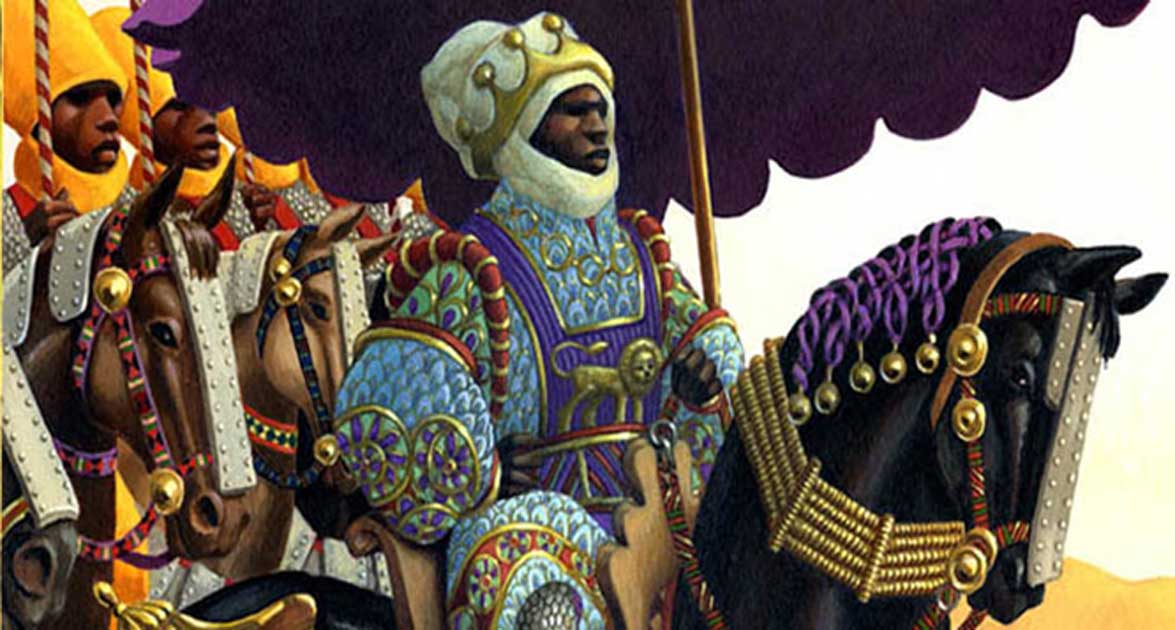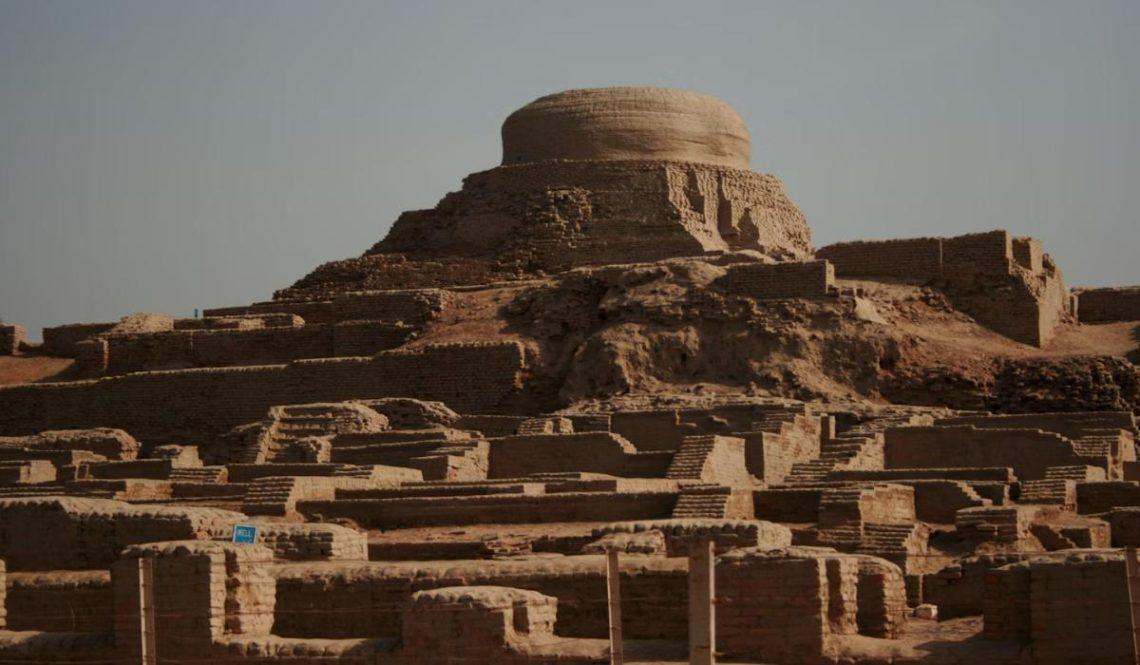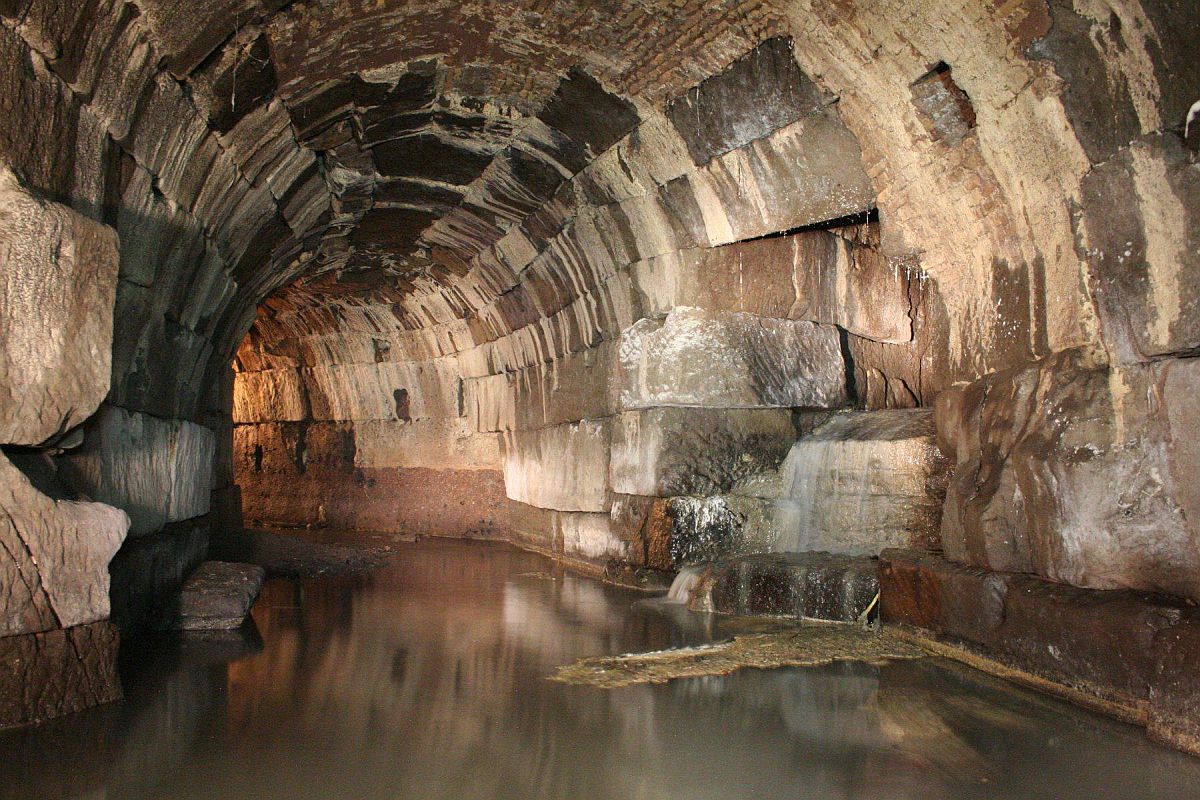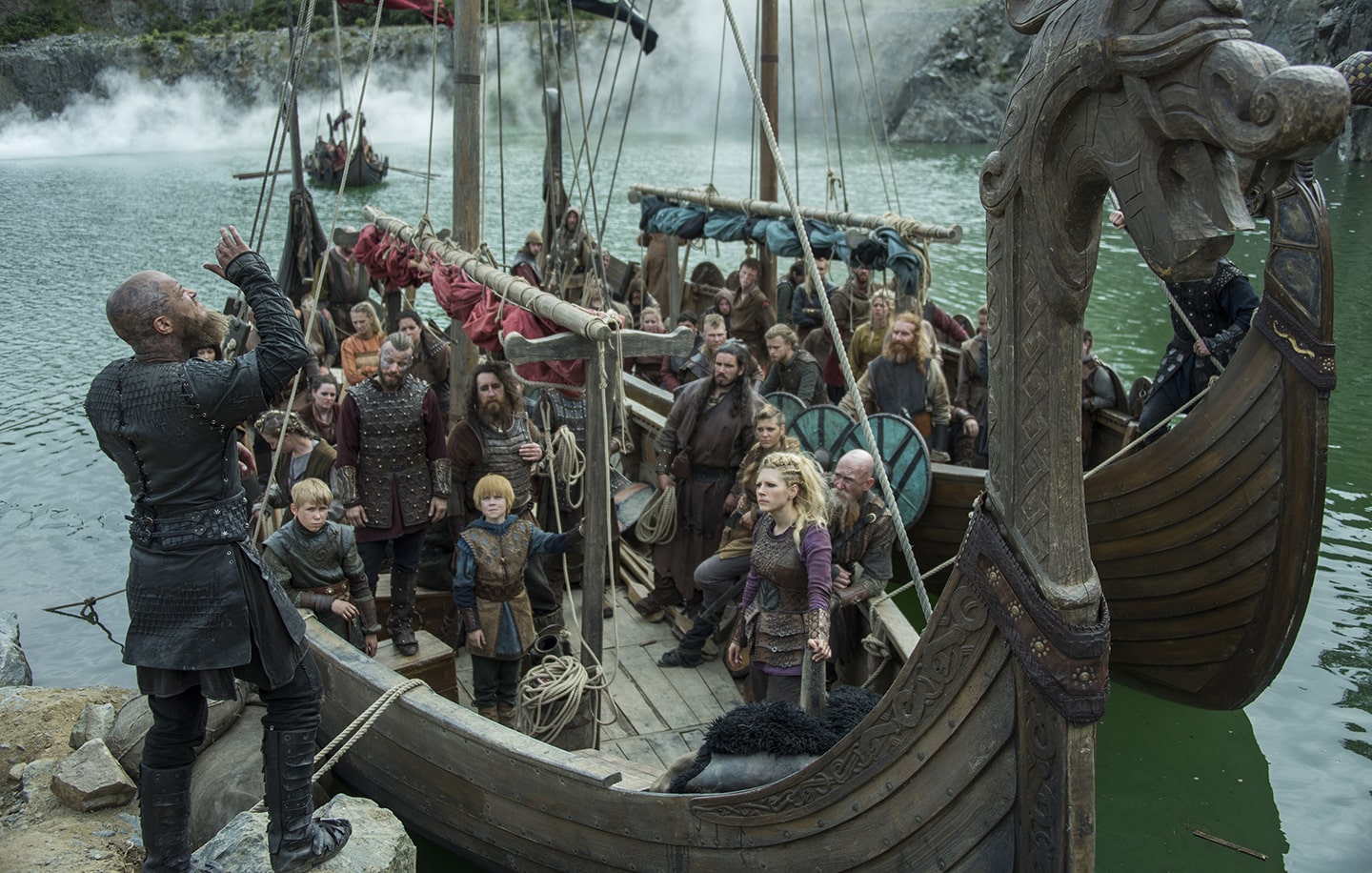The Mali Empire, flourishing between the 13th and 16th centuries, became one of Africa’s most powerful and wealthy civilizations, thanks largely to its control of the trans-Saharan gold trade. Founded by Sundiata Keita, Mali’s strategic position between West Africa’s gold fields and the Mediterranean world transformed it into an essential trading hub. Scholars widely agree that Mali’s capital, Niani, was a center of learning, commerce, and governance, showcasing the empire’s political and cultural sophistication. Renowned historians like Ibn Khaldun and Leo Africanus documented Mali’s influence, highlighting its vast wealth and complex administrative systems.
A key figure in Mali’s rise was Mansa Musa, whose legendary pilgrimage to Mecca in 1324 stunned the Islamic world with an extraordinary display of gold and generosity. His reign expanded Mali’s territories significantly and solidified its reputation for prosperity and learning. Mansa Musa also invested heavily in education and architecture, commissioning the construction of schools, mosques, and libraries, particularly in the city of Timbuktu. Experts emphasize that these efforts not only elevated Mali’s status but also laid the groundwork for a vibrant cultural legacy that endures today.
Modern archaeological findings and academic research continually shed light on the Mali Empire’s sophistication. Sites like Timbuktu remain symbols of Africa’s rich intellectual and economic history. Understanding Mali’s rise challenges outdated narratives about African civilizations and highlights the continent’s deep contributions to global culture and development. Historians stress the importance of preserving and studying Mali’s legacy to gain a more accurate, enriched view of world history.





